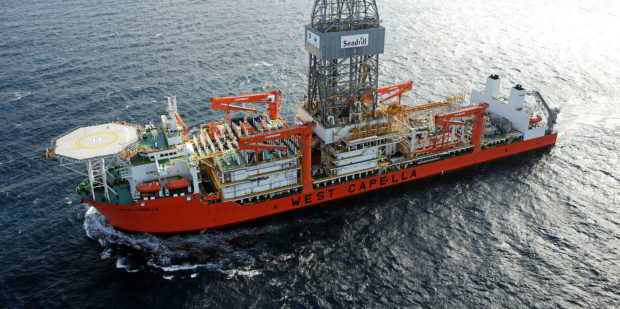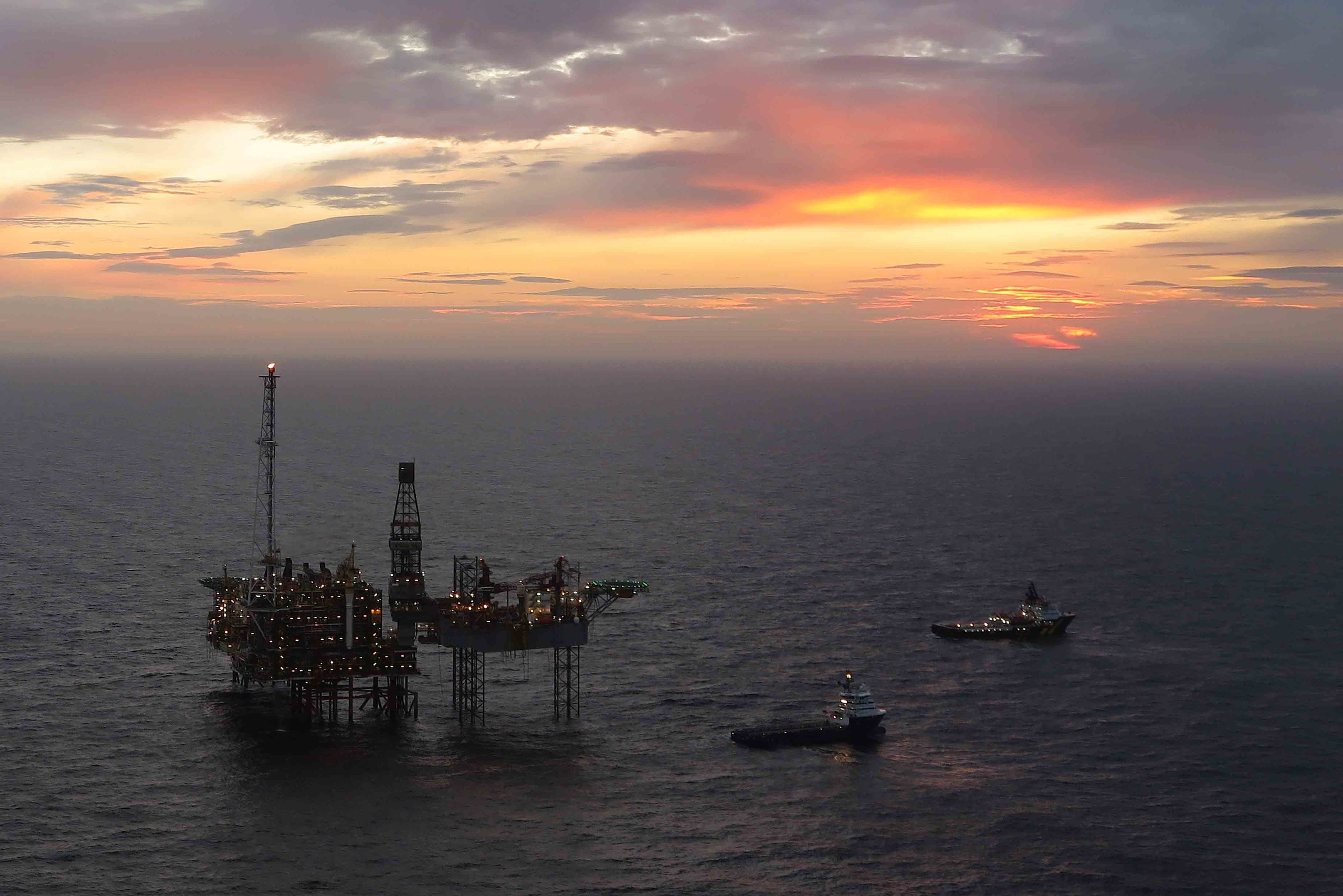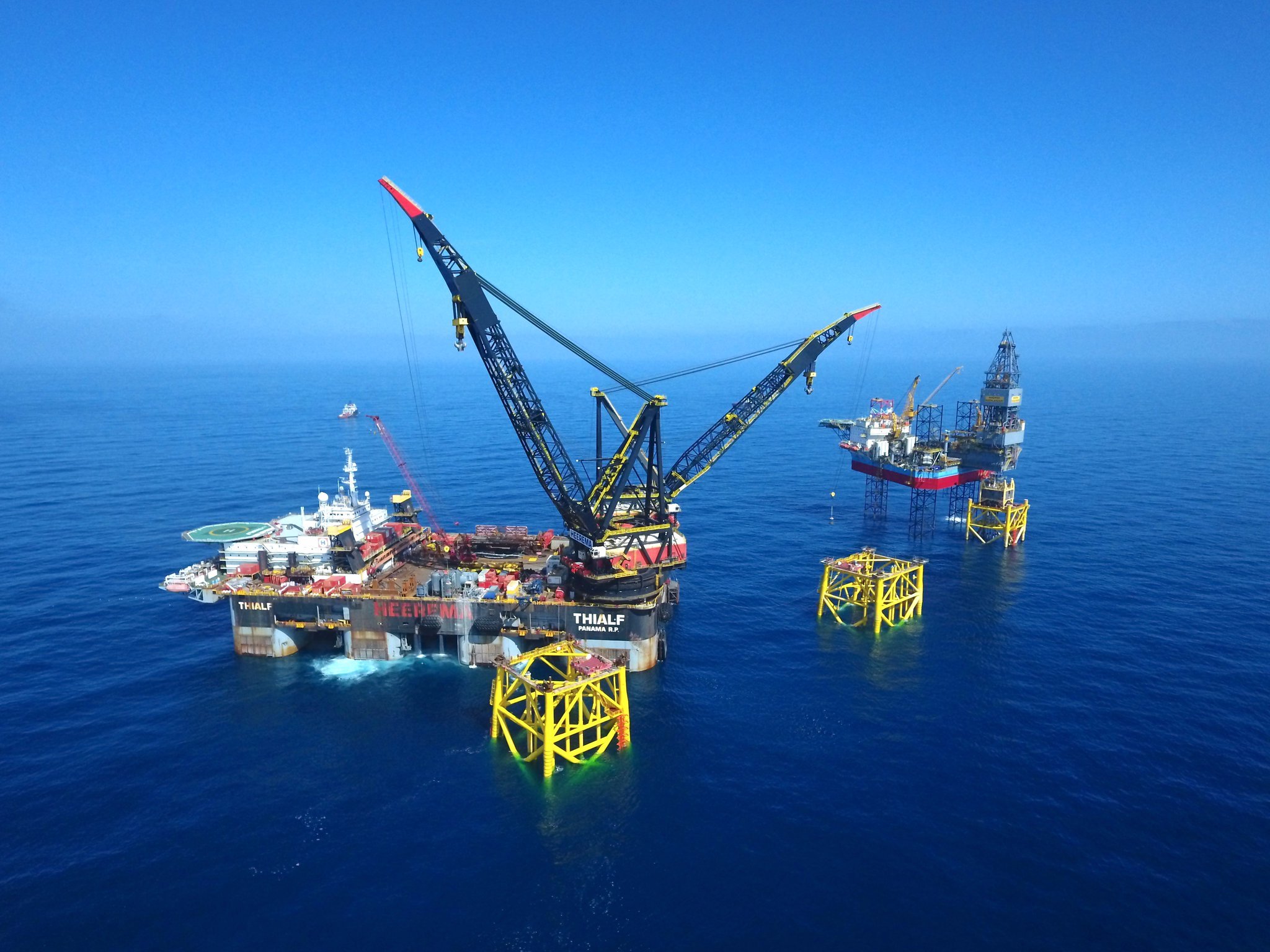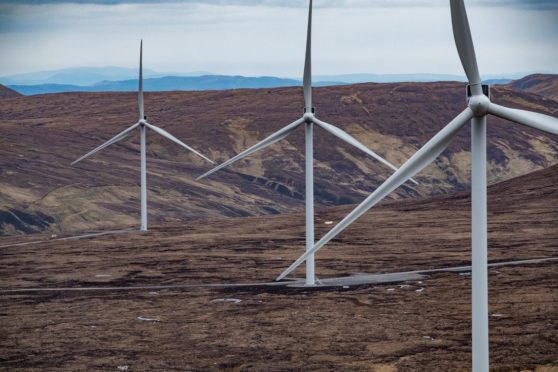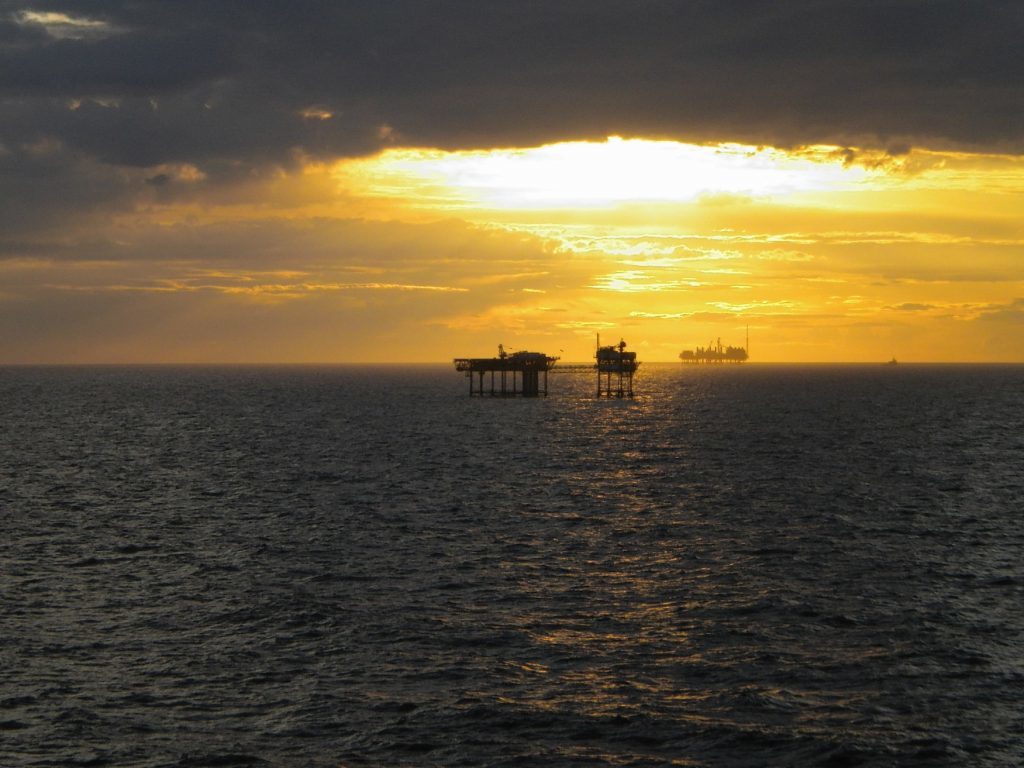
The UK gas balance has reached a deadlock for the summer, according to energy research firm Wood Mackenzie (Woodmac).
Resilient UK production, Norwegian imports and baseload LNG imports are overwhelming the market with supply.
And with lockdown placing huge pressure on electricity and fuel markets, demand will be weak throughout the summer.
Compounding matters, the UK has very limited storage capacity for injections and is approaching the limits on its ability to export volumes into neighbouring markets.
Put simply, the UK market is running out of space.
Hadrien Collineau, a senior analyst with Wood Mackenzie’s gas team, said: “The industry and power sectors account for most of the UK’s summer gas demand.
“And both of those sectors have been hit hard by the lockdown.
“Although restrictions will start to ease, it will be a slow process. Gas demand will take time to recover.
“With most lockdown measures continuing throughout May, we expect that demand will come in 18% below its five-year average. Demand will remain weak through the summer, regularly testing a floor of just 3 billion cubic metres (cm) per month.
“However, UK gas production has been resilient, exceeding 2019 levels year-to-date by 3%.
“Importantly, UK production at risk from low NBP prices is minimal, as sustained price levels below US$1.5 per million British thermal units would be necessary to shut in production.
“Indeed, many fields with higher operating costs are mature and closer to cessation of production.
“Earlier shut-in would bring forward high decommissioning costs – something to be avoided in the current cash-constrained environment.
“For less mature fields, companies will consider the balance between the costs of restarting production versus the costs of maintaining gas flow.
“While UK producers are suffering from low gas prices, we don’t expect any material production shut-ins,” Collineau said.
“Operators are likely to delay non-essential spring and summer maintenance where possible. This could add volumes to the market through to July, but potentially ease the pressure in late-summer.”
He added that exports are reaching their limits.
Space in the Irish market is very limited.
Meanwhile, the UK is making use of its export capacity to Continental Europe through the two pipelines – IUK and BBL – that connect UK to Belgium and the Netherlands, respectively.
“The UK’s export capacity to continental Europe via the IUK and BBL are booked at 65% and 100% capacity, respectively, for May, and at 48% and 100% for June, respectively,” Collineau said.
“We expect this level of utilisation to be sustained through summer, providing a minimum 1.7 billion cm/month of takeaway capacity.”
The total export capacity to continental Europe is 2.3 billion cm/month. However, a larger NBP discount to TTF would be needed to spur higher flows.
Collineau said: “Typically flowing towards the UK during winters, these pipelines offer a safety valve into Europe during periods of oversupply. In April, utilisation averaged 30% and 75% on the IUK and BBL, respectively.”
Norwegian piped suppliers are adapting to a changing market. Its gas exports to the UK dropped by more than half in April in response to the limited market space.
But Woodmac believe the low levels of Norwegian imports through summer will not drop lower than 1 billion cm/month.
“But LNG has shifted in the opposite direction,” Collineau added.
“Utilisation at the UK’s South Hook terminal has ramped up significantly as it absorbs more Qatari LNG that cannot find a home in premium Asian markets.”
He added that gas storage could be full by early June.
“The UK’s largest and only long-range storage facility, Rough, closed in June 2017. The field contained over two-thirds of the UK’s total storage volumes.
“Without it, it is more difficult for the UK to meet peak winter demand. It also makes it more difficult to absorb excess volumes through the summer months.
“And as we approach this year’s summer season, storage is already very limited, with inventories more than 60% full. With only 600 million cm of space for storage injections this summer, there’s a risk that storage could be full by early June,” Collineau added.
“With UK summer demand expected to be lower than average and with limits on storage capacity, it’s clear that there is very little space for any additional supplies.
“LNG exporters hoping to place cargoes into the UK market have the most to lose. There simply won’t be any more space.”
Consequently, the UK’s effective regasification capacity will be capped at 2 billion cm/month through the summer – or just under 50% of total UK regasification capacity.
LNG exporters desperately looking for market are fast approaching another brick wall.
Recommended for you


